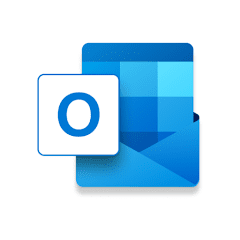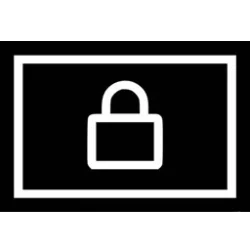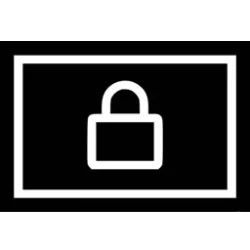Hi,
Is it worth using NTlite on my laptop (specs) running W11 home?
What would I gain (if anything) and is it a risk of breaking the OS, making it unstable etc.
Hoping to hear from you experts, like always.
Thanks.
PS:
@Brink , if you ever get the time your expert input would be highly appreciated, like always!:)
Honestly, I don't see the gains as being very valuable. People probably spend more time trying to make their systems run efficiently than the amount of time lost via any of these inefficiencies. Put another way, why spend 3 hours, to save yourself 3 minutes over the course of a year?
Depends what your purpose is, though debloating Windows of all the crap you never use isn't that time consuming, with NTLitefor some that alone is worth it.
For me it's more about saving Time reinstalling Windows + Drivers + over 600 installed games most of them modded, never mind all the 3rd party tools involved, and that time saved is more like a solid year of full time work.
I'd got that down to around a week of manual modifications, by basically only installing Windows, and Drivers on my C Drive, having a Dual Boot setup, and alternating to a Fresh Install with 6 monthly updates.
This had the advantage, of limiting my Learning curve SNAFUs, especially in the first instance, when though I grabbed the Free Win 10 Pro upgrade for my W7 Ultimate in 2015, it was 2 years before I even switched to W10 as my go to build.
After a few years with UWP a flop, and even the new settings menu reverting to exe, my no Phone apps on my PC attitude, seemed to be winning.
I even managed to remove AppData, and Program Data, to separate drives, and then updating those 6 month builds started working.
I got lazy, and applied them, everything worked fine, but it was a big mistake in the long run, errors started building up, and a fresh install always improved my setup.
Never been one for the odd version good, even version bad mindset, each new Windows has had good points (Even W8), but the "Do you guys not have phones" mentality, of trying to force tiny phone touch screen trash onto my huge desktop PCs, meant that was the one Windows I never tried.
Now with MS going back to a standard system, UWP pretty much a dead loss, it's MS Virualization that's causing me most issues.
AppData and Program Data are back on C Drive for MS installed programs, and I now SymLink all my 3rd Party Data to that.
All my 3rd Party Programs, User Files, (Except Registry Hives, and AppData), are still shared between both Dual Booted Windows.
I am sole user, so NTLite allows me to add my Software registry (Microsoft removed) en masse, and carefully selected MS/System registry tweaks to the "Default" install hives (plus you can add them in post Setup, for multi-user PCs. I use a Local Account, make all the settings, including Group Policy ones (Pro version Required).
Adding required Drivers is easy, you can even import them from your current setup.
Even if Debloating the OS isn't your focus, and you don't remove a single thing MS installs, it makes doing an unattended, or partially attended setup much easier, and for users with a lot less must have 3rd Party programs, than me, they can be silently installed in post setup.
You can have your new W11 install done, and dusted, in one install, and having made your custom registry tweaks, via Reg File from existing install, or directly editing the Default hives, of the install.wim
Other users can and do provide NTLite settings scripts, for a custom setup with no danger of Malware, as you apply those setting to files you downloaded from sources, from the W11 ISO, to any 3rd party installers, the entire point is everything is done in NTLite, with trusted files you provide separately, and the NTLite settings files are simple text readable XML. files, and all other Windows Tweaks are done by you, depending on the OS version used.
I'm still a total noob with NTLite, but for me it's far more, about making a new OS install, less of a chore
after it's installed, doing all the many, and varied tweaks, we "Power Users" do
every time we install the OS, than just about making Windows more optimized when it's running.








